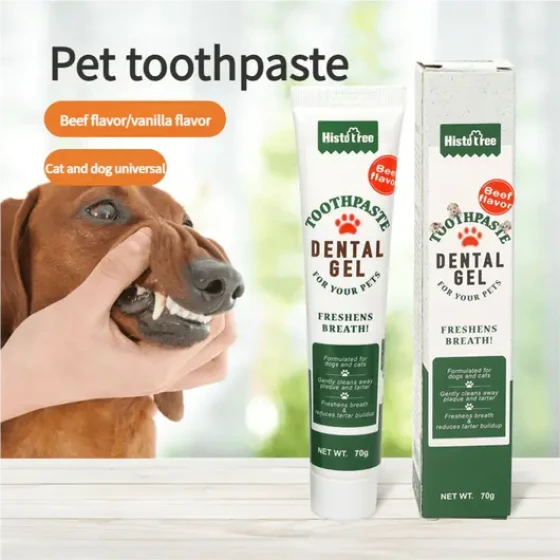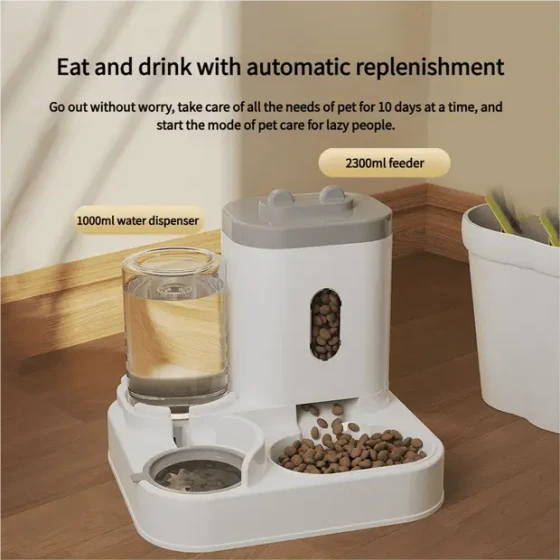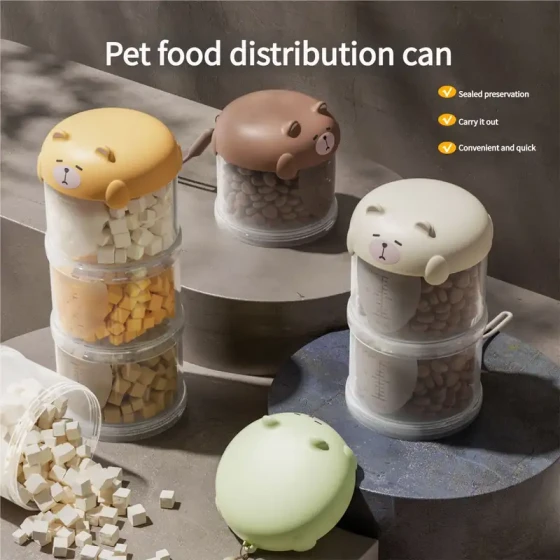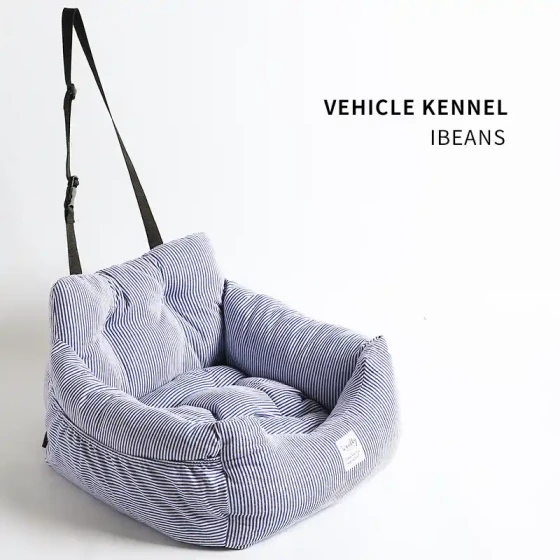Care Knowledge of the Redbone Coonhound
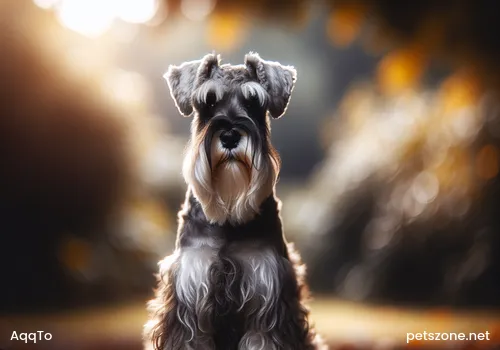
Redbone Coonhound (detailed introduction)
The Redbone Coonhound is a hardworking and reliable working dog and, in life, an obedient and clever companion dog. Good feeding and management can greatly reduce the dog's chances of illness. It not only advocates for the dog's healthy and happy growth but also saves the owner a sum of money, which is the original intention of many dog owners.
However, daily care should be tailored to the dog's biological characteristics and physiological features at different stages with specific measures. Below are several main aspects introduced.
1. Reasonable grouping
According to the conditions of the kennel, excluding adult male dogs, pregnant female dogs, and lactating female dogs, other dogs can be reasonably grouped for feeding based on breed, age, weight, weakness, temperament, and eating speed. After grouping, if weight and body condition are still uneven within a group, adjustments should be made.
To avoid biting fights during the early stage of group integration, the principles "keep the weak, not the strong; split larger groups, not smaller; combine at night but not during the day" should be applied. That is, keep the weaker dogs in their original kennels and bring in the stronger dogs; keep smaller groups in their original kennels and split larger groups to combine accordingly; generally, combine groups during the night, and some liquid can be sprayed on the dogs to mask their scents to reduce recognition.
2. Routine checks
Dogs should undergo routine checks daily, mainly observing mental state, changes in appetite, performance during exercise, and excrement characteristics to understand their health status. Regular examinations of the coat, eyes, ears, mouth, teeth, nose, weight, and body temperature should also be done. Problems should be addressed promptly.
3. Feeding management
Feeding must be done regularly and at constant temperature. Feeding plans should be reasonable according to the dog’s age, type of food, activity level, and physiological status. Adult dogs only need two meals a day, while puppies should be fed smaller, more frequent meals depending on their situation. Homemade dog food should not be randomly mixed; it is best to use formulas developed or recommended by professionals, ensuring feed freshness, hygiene, rich nutrition, and easy digestion and absorption. Feeding spoiled, deteriorated, frozen, or strongly irritating feed is strictly prohibited.
4. Hygiene management
Maintain cleanliness and a strict disinfection system. Use dedicated drinking and eating utensils for dogs. Brush the dog’s body daily and promptly remove dirt from the body surface to ensure cleanliness of the coat, paws, teeth, ears, eyes, and anus. Bathe the dog in a timely manner; bathing frequency depends on the season and the dog’s hygiene condition. Clean the inside, outside, and surrounding environment of the kennel daily and promptly remove waste. Regularly disinfect the kennel and its surroundings—generally once a month—but disinfect promptly during infectious disease outbreaks.
5. Exercise management
Exercise maintains the dog’s good physical condition to resist disease. Dogs should perform appropriate daily exercise, with intensity scientifically arranged according to their physical condition, ambient temperature, and terrain. Generally, 2-3 hours of outdoor exercise daily is guaranteed, with sessions over 20 minutes focusing on avoiding fatigue. During exercise, dog management should be strengthened to prevent accidental injury to people or animals.
